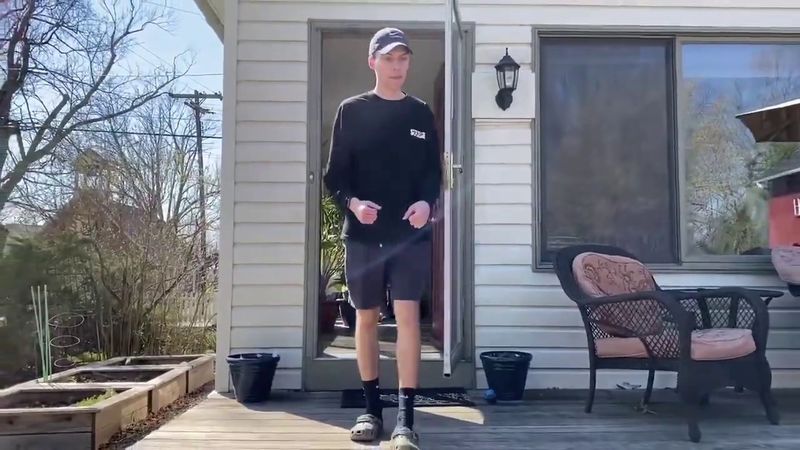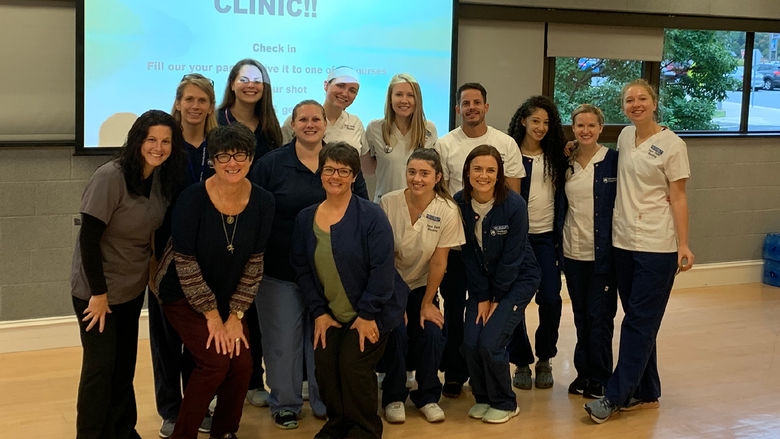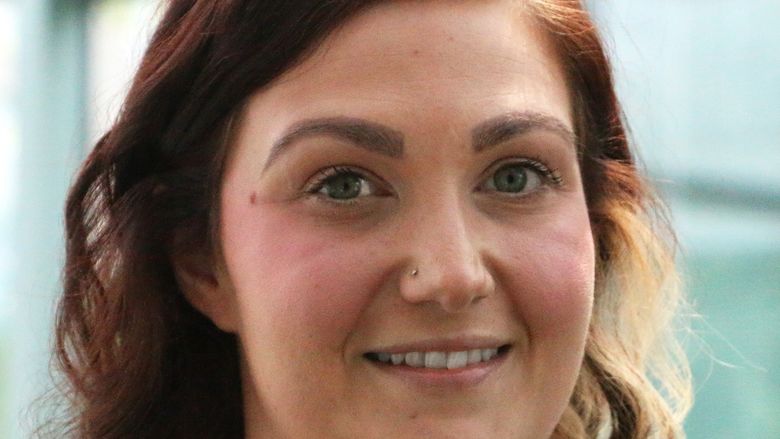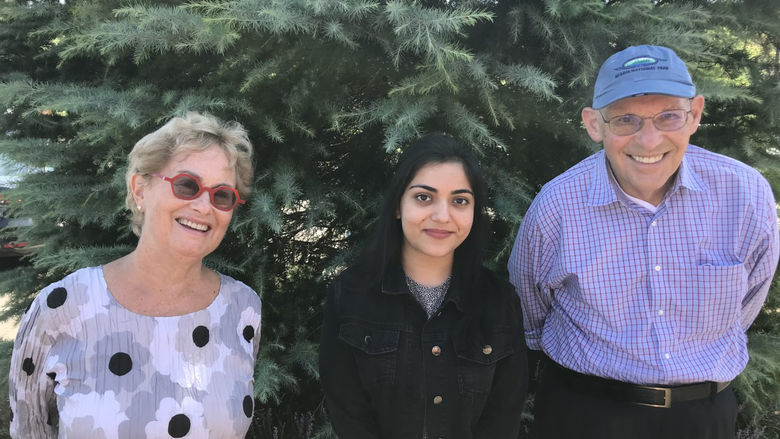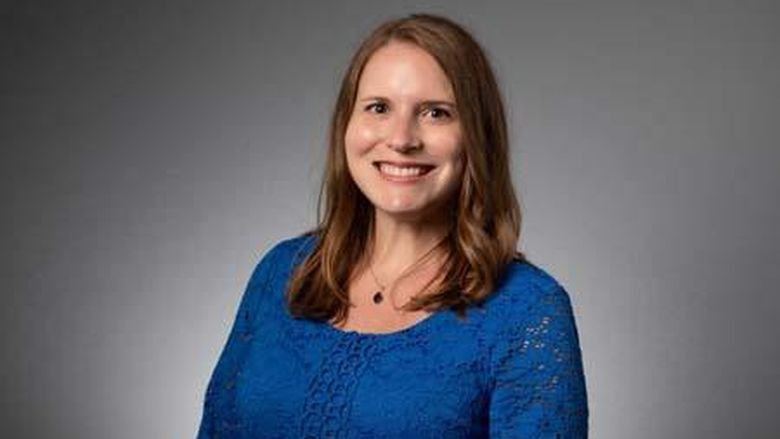
Pierce Salguero, associate professor at Penn State Abington, in his workspace during the COVID-19 pandemic.
ABINGTON, Pa. — Penn State Abington faculty are providing relevant and creative content remotely to their students while supporting them through the challenges presented by the coronavirus pandemic.
“It is difficult to express how heartened I am by the spirit of our faculty at this trying time. They have risen to the pedagogical challenge with a masterful display of creativity and innovation,” said Friederike Baer, division head for Arts and Humanities and associate professor of history at Abington. “What may be most inspiring of all is the deep-seated concern for our students that faculty efforts expose.”
Pierce Salguero, associate professor of Asian history and religious studies, said practical lessons from history are valuable in helping students manage this complex situation.
“Learning history can help us to put the pandemic into context. It can help us understand what’s happening,” he said. “History can often help reframe what is going on and can be helpful to people.”
Salguero is teaching HIST 114N Historical Perspectives on Healthcare Innovations this semester. He rewrote his plan for the last four-week unit of the course to focus on the history of quarantine, social distancing and disease control.
“The reason for switching the syllabus was to show students how relevant the tools from history are to understanding what is happening right now— they are supercritical at this moment,” he said.
“The pandemic has been very applicable [to the course] from the beginning of the semester," he continued. "It was planned out beforehand to discuss Chinese medicine because the coronavirus was emerging in China and news items surfaced about how China’s effort to control the virus involved using traditional Chinese medicines.”
“What may be most inspiring of all is the deep-seated concern for our students that faculty efforts expose.”
— Friederike Baer, Division Head for Arts and Humanities
Salguero’s students are reading about the origins of quarantines during the Black Death in the 14th century and other outbreaks and pandemics including yellow fever in Philadelphia in the 18th century, the bubonic plague in Asia in the early 20th century, HIV, and finishing with the current situation.
“The students are writing papers on current news and protocols that are being put into place and putting those into context based on the readings for the semester,” he said.
Students, Salguero said, are interested in using this opportunity to understand the pandemic through a historical lens.
“This is a completely unprecedented experience that no one has any personal memory of or context for dealing with. There is so much material in historical records about how people acted and thought. People did the exact same things we are doing now. It underscores the relevance of history. It’s not just an academic topic.”
H. John Thompson, assistant teaching professor of art, is designing projects for his students that exercise their creative muscles while using resources available wherever they are quarantining during the pandemic. But concern for his students is his priority.
“My overarching thought is that I want to first identify that we are in a time of crisis and people’s lives and schedules are different from where we started in January,” he said. “I know many of my students work in grocery stores, and I can only imagine the stress they’re feeling in those environments.”
One of the first assignments Thompson gave since the transition to remote learning was tasking the students to create TikTok videos at home, included above.
For upcoming projects, Thompson has looked to films about artists that the students can stream through Penn State. They will complete the assignments by creating works and submitting either photos or videos of them in CANVAS, a web-based learning management system.
Among Thompson’s upcoming assignments:
- Emulating the work of artist Andy Goldsworthy, known for his work in nature and with natural materials, after watching a film about him.
- Viewing the film "Wasteland" about artist Vik Muniz, who worked with people to recreate famous artworks using recyclable materials from one of the world’s largest landfills. In this project, students will use items they find around the house to create imagery.
- A third project will emulate the work of Fischli and Weiss' “Der Lauf Der Dinge,” translated as "The Way Things Go,” which is essentially a Rube Goldberg device.
“Essentially, all students really need is a smartphone to document and submit their work,” Thompson said.
'We Are' stories
The “We Are” spirit is perhaps more important than ever before, and Penn Staters everywhere are coming together in new and amazing ways. During these challenging times, our community is continuing to realize Penn State’s commitment to excellence through acts of collaboration, thoughtfulness and kindness. As President Eric Barron has written on Digging Deeper, this truly is a “We Are” moment — and we want to hear your “We Are” stories.
Visit news.psu.edu/WeAre to share how you or other Penn Staters are supporting each other to overcome the collective challenges presented by the novel coronavirus. We are!
